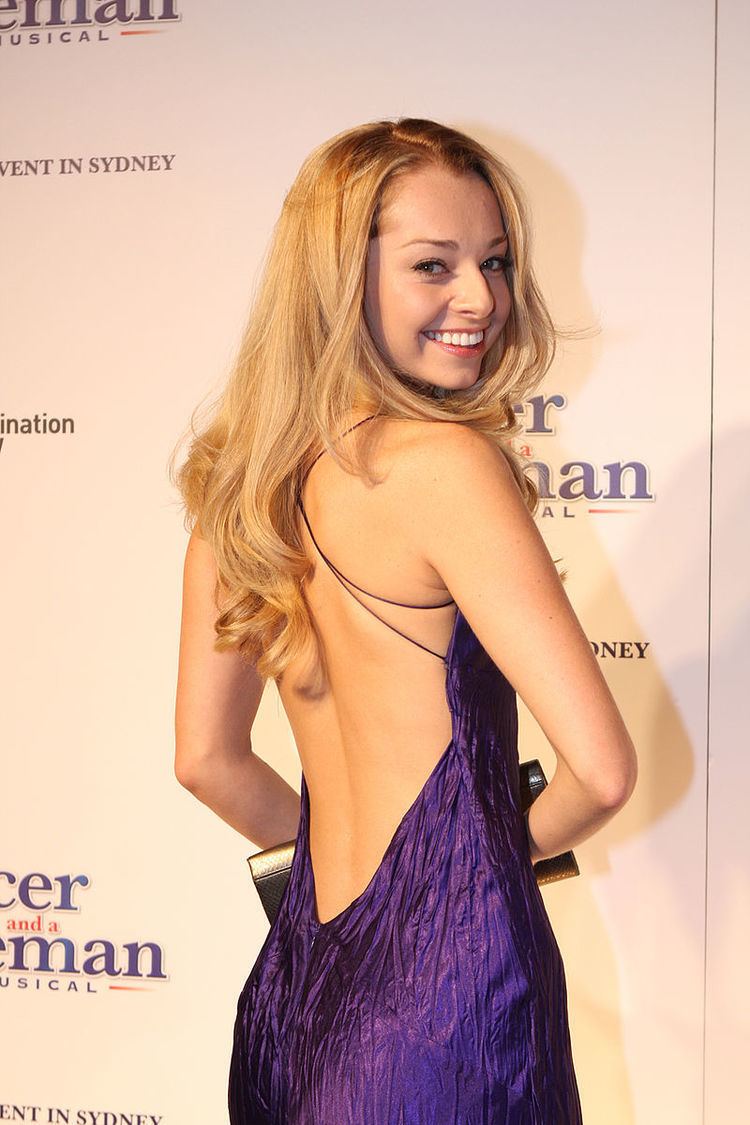 | ||
A backless dress is a dress designed to expose the wearer's back. A backless dress is most commonly worn on formal occasions or as evening wear or as wedding dresses and can be of any length, from a haltertop to a miniskirt-length to floor-length.
Contents
Evolution
Backless dresses first appeared in the 1920s. In the 1930s, the style became associated with the sun tanning fashions of the time, and the backless dress was a way of showing off a tan, usually without tan lines. The wearer usually had to be slim to be able to pull off the effect. In December 1937, the actress Micheline Patton was controversially filmed from behind while wearing a backless dress in the final episode of the early BBC fashion documentary Clothes-Line. The illusion of nudity led to outraged viewers writing in to complain, and Pearl Binder, who co-presented the show, quipped "Grandmamma looks back but Micheline has no back to be seen."
Styles
A backless dress can be held up in a number of ways. The most common is by a single piece of cloth or strap which passes behind the wearer's neck, halterneck-style. The neck strap can itself be covered by the wearer's hair, leaving the impression from behind that nothing is holding the dress up. Alternatively, the dress may be held up by short sleeves or by a single or two spaghetti straps, which hold the dress up at the shoulders. A stick-on dress or nude netting are other ways that a dress can be held up.
The amount of the back exposed by a backless dress can also vary, with some styles leaving the upper or upper and middle back uncovered, and exposing the shoulder blades. Some backless dresses plunge nearly to the buttocks and some start from the armhole depth, usually with a zipper opening and some sport a halter neck.
Choli
The backless style is also found in the choli, the upper garment worn by Indian women along with saris and ghagras. The back is either "partially exposed" with a low cut or "fully exposed" by use of strings. It was created mainly due to the influence of Western fashion. It takes a sophisticated woman to carry off this without feeling self-conscious. It was made popular by Madhuri Dixit when she wore it and appeared in the Dhak Dhak song. "The drape and the blouse make the saree a sexy ensemble, and my blouses are always low back because I love the peep of the skin against so much fabric." - Indian Actress Vidya Balan
Breast support
Breast support may be an issue for many women when wearing a backless dress, but nevertheless most women choosing this style of top prefer to go braless. Bra designs are available that offer breast support with backless dresses. Some bra designs use convertible styles, adhesive bras, underwire and strapless bras. Some bra designs can also be worn by women with larger cup sizes.
